Focus |
Collections
Filters
-
Collection Type
-
-
Collection |
 Advances in organic synthesis
Advances in organic synthesis
This Collection, a partnership between Nature Synthesis, Nature Communications and Communications Chemistry, will serve to bring together articles describing advances across the field of organic synthesis.
Image: © [M] Sergey Tarasov / Alamy Stock Photo -
Collection |
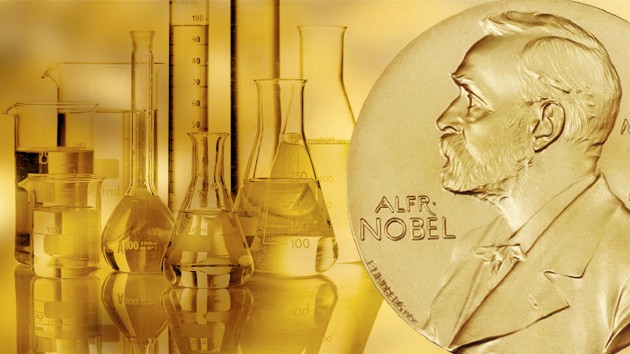 Nobel Prize in Chemistry 2023
Nobel Prize in Chemistry 2023
The 2023 Nobel Prize in chemistry has been awarded to Moungi G. Bawendi, Louis E. Brus and Alexei I. Ekimov for the discovery and synthesis of quantum dots.
Image: Springer Nature/The Nobel Foundation/Imagesource -
Focus |
 Conjugated aromatic systems
Conjugated aromatic systems
Conjugated aromatic molecules and polymers are of interest owing to their use in electronic devices.
Image: Takashi Kitao, Takumi Miura, and Takashi Uemura, The University of Tokyo -
Focus |
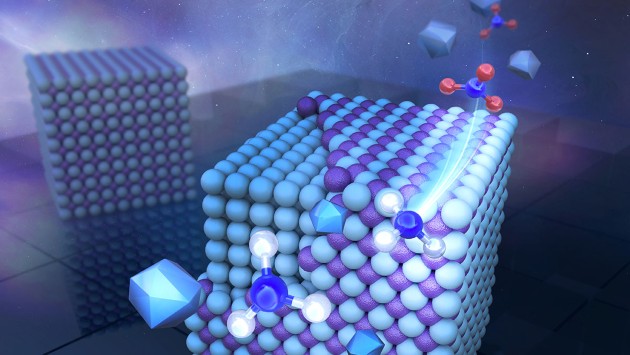 Ammonia synthesis
Ammonia synthesis
Ammonia is an essential global chemical but its synthesis is energy intensive and pollutes the environment.
Image: Xue Han, Huiyuan Zhu, Qiang Gao, University of Virginia -
Focus |
 Data-driven automated synthesis
Data-driven automated synthesis
The combination of techniques such as machine learning, artificial intelligence, robotics and automation can be used to accelerate chemical and materials synthesis.
Image: Milad Abolhasani, North Carolina State University. -
Collection |
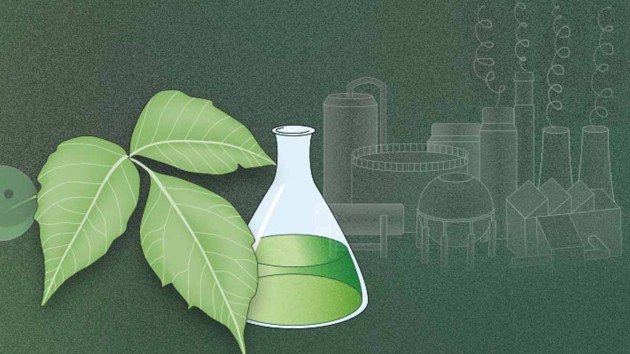 Green Chemistry
Green Chemistry
Chemistry has always had a central role in the provision of food and energy, materials and medicines. Recent years have increasingly seen chemistry research move towards environmentally friendly, sustainable products and processes.
Image: Erin Dewalt, Lauren Robinson, David Schilter, Rachael Tremlett -
Focus |
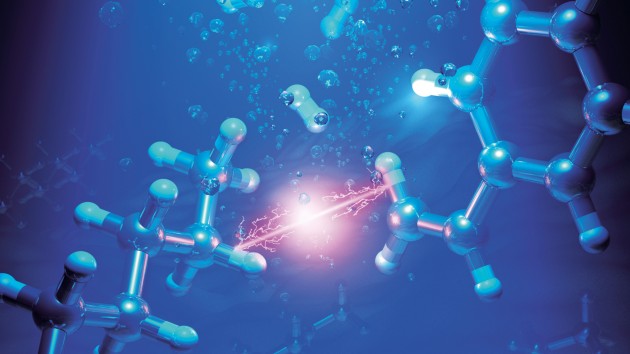 Hydrogen atom transfer for C(sp3)-H functionalization
Hydrogen atom transfer for C(sp3)-H functionalization
Hydrogen atom transfer (HAT) is a key process for the functionalization of C(sp3)-H bonds, enabling the synthesis of complex molecules from hydrocarbon chemical feedstocks.
Image: YAP Co., Ltd. -
Collection |
 One year of Nature Synthesis
One year of Nature Synthesis
To celebrate our first anniversary, the editors of Nature Synthesis have curated a Collection of content published so far, in which we showcase the scientific areas featured in the journal.
Image: Yuen Man Cheung / Alamy Stock Photo -
Collection |
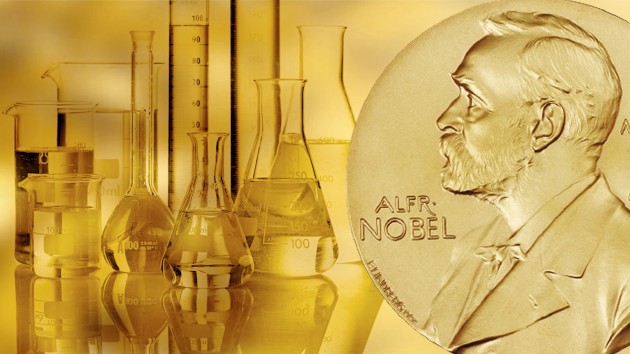 Nobel Prize in Chemistry 2022
Nobel Prize in Chemistry 2022
The 2022 Nobel Prize in Chemistry has been awarded to Carolyn R. Bertozzi, Morten Meldal and K. Barry Sharpless for the development of click chemistry and bioorthogonal chemistry.
Image: Springer Nature/The Nobel Foundation/Imagesource -
Collection |
 Synthesis and enabling technologies
Synthesis and enabling technologies
Chemists and material scientists can create molecules, compounds, materials and devices comprising infinite compositions, connectivities and arrangements, and hence choosing what to make and figuring out how to make it, are part of the compelling challenge.
Image: Xing Li and Kian Ping Loh, National University of Singapore

 Synthesis in flow
Synthesis in flow